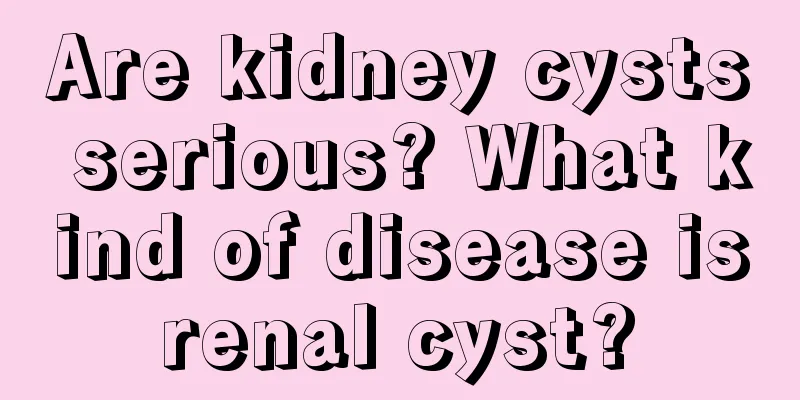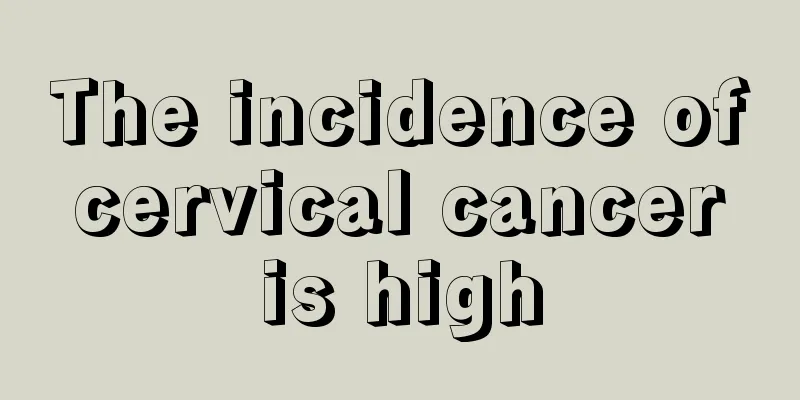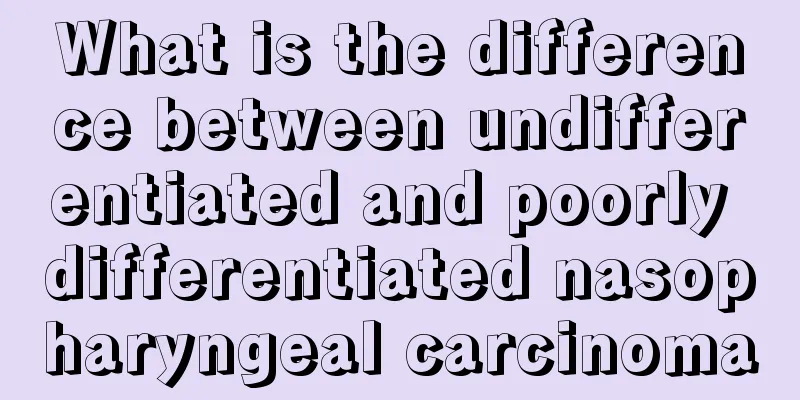Are kidney cysts serious? What kind of disease is renal cyst?

|
Renal cyst is a type of kidney disease and a common and frequently occurring disease in nephrology. Many people do not fully understand what renal cyst is and how serious it is, which leads to a lack of attention to the disease and causes subsequent complications. The incidence of renal cysts is mostly among the elderly. In addition to congenital factors, the cause of the disease is also related to some adverse acquired factors. 1. The cyst arises from the renal parenchyma, protrudes from the surface of the renal cortex, and appears blue, but can also be located in the deep layers of the renal cortex or medulla. The cyst wall is thin, consisting of a single layer of squamous epithelium, and the cyst contains clear serous fluid. If the cyst wall is thick and not smooth and the fluid is bloody, it indicates the possibility of malignancy, with a malignancy rate of 3% to 7%. A huge renal cyst located at the lower pole may compress the ureter and cause obstruction, effusion, and infection. The cause of this disease is not yet fully understood, and it may be related to congenital abnormalities in the structure of the glomeruli and tubules and acquired damage and infection. 2. Renal cysts are the most common kidney abnormality and can occur at any age, but more than two-thirds of patients are seen in middle-aged and elderly people over 50 years old and are considered to be changes of aging. Renal cysts are often discovered accidentally. Many patients are found during physical examinations. Most renal cysts do not cause any symptoms. If it causes bloating and pain in the lower back or urinary tract infections such as frequent urination, urgency, pain, and hematuria, the cysts are generally larger, with a diameter of more than 5 cm. 3. The treatment of renal cysts should vary according to the individual and the condition, and cannot be generalized. Because renal cysts develop slowly and do not damage the kidneys when asymptomatic, they are harmless to health, and patients are generally older when they are discovered. Therefore, for asymptomatic patients, even if the cysts are large, they do not need to be treated, but regular renal ultrasound examinations should be performed. If the patient's lower back pain and abnormal urination are caused by renal cysts, and the diameter of the renal cyst is more than 5 cm, surgical treatment can be adopted, but it is easy to relapse. |
<<: What are the early symptoms of goiter?
>>: What to do if you have a big neck? How to treat a big neck
Recommend
What are the bisphosphonates?
When women reach around 50 years old, as the estr...
Can soaking your feet in mugwort help you lose weight?
As we all know, soaking your feet in mugwort leav...
Vitamin b12 sciatic nerve
Because the sciatic nerve is the largest nerve in...
What are the effects of aminophylline
Aminophylline is a drug used to treat bronchial a...
What harm does colon cancer do to the body
Many people think that colon cancer is far away f...
Why does the water from the water heater have a bad smell?
Most households now have water heaters installed,...
Is it okay to take a shower right after sweating?
Some people sweat a lot after running, and then t...
A layer of dead skin grows between the nails
Many women like to do manicures. A pair of slende...
Exercises to increase cardiopulmonary function
The human body has five internal organs and six b...
Does the removal of gallbladder cancer affect the digestive tract?
The main function of the gallbladder is to store ...
Dietary considerations for bladder cancer
Bladder cancer is a disease caused by the maligna...
Do I need to wash my face after applying the coix seed water mask
Job's tears is a common coarse grain. Job'...
I feel like coughing when I breathe in
The symptom of wanting to cough when inhaling mos...
What harm does staying up late cause to your health
Traditional Chinese medicine pays attention to he...
How many days after laser mole removal can I put on makeup
The problem of moles bothers many people, because...









